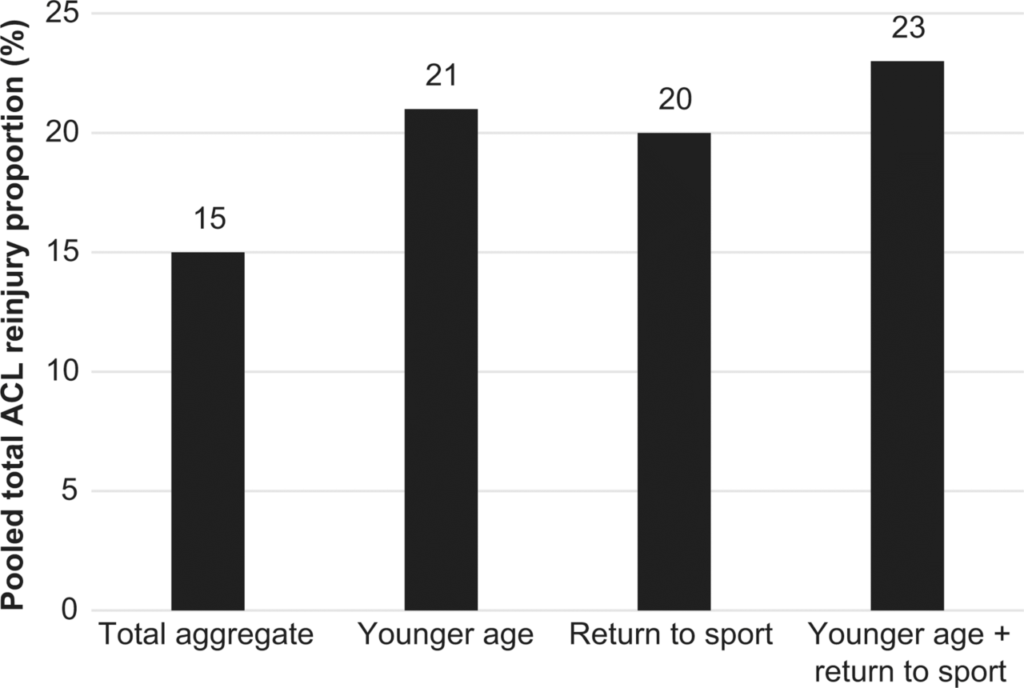Running with Knee Osteoarthritis-Part 3
Physical Therapist
Background
40% of American adults (110 million people) report walking or running as part of a regular exercise routine. Reports and ‘common knowledge’ about running and its impact on our joints are often conflicting. This is the third of three blog posts designed to look at current medical research regarding running on aging joints.
Article summary
PARTICIPANTS:
This paper is a systematic review and meta-analysis, so the authors compiled research on knee osteoarthritis (OA) and running, and summarized the findings in order to provide a concise recommendation based on the general consensus of research. Articles were included if they: were level I-III evidence, written in English, used physician diagnosed OA with clinical and/or radiographic findings, and running was compared to non-running. Articles that compared running to other forms of exercises were not included in this study.
METHODS:
Literature searches were performed, and 1,907 articles were reviewed. Of those, 25 met their inclusion criteria. Statistical analysis was performed on those 25 studies to come to a meta-analysis, which summarizes and confirms the general recommendations based on significant research.
CONCLUSIONS:
The authors concluded that recreational running was in fact associated with lower levels of OA when compared to sedentary individuals. Competitive running was associated with higher levels of OA than recreational runners. Overall, sedentary subject demonstrated the most symptomatic OA. The study also argues that this simply compares runners to non-runners. So the only conclusion that can be drawn is that running is better than being sedentary. More research should be done into seeing if running vs other forms of exercise is the best for of exercise.
PTF approach
Here at PTF, we want to keep you active in the activities that matter to you. If walking and running are important to you, and you feel limited by your knees, an evaluation could be useful. There are many factors besides osteoarthritis that could be contributing to your knee pain while running. PTF does a complete evaluation and then designs a treatment plan individual to you and your body to keep you moving.
Original Article
Alentorn-Geli, E., Samuelsson, K., Musahl, V., Green, C., Bhandari, M., Karlsson, J. (2017). The Association of Recreational and Competitive Running with Hip and Knee Osteoarthritis: Systematic Review and Meta-analysis. J Orthop Sports Phys Ther, 47(6), 373-390. doi:10.2519/jospt.2017.7137

